Celebrating Singapore Design: Singapore’s National Design Centre presents the latest works and exhibitions on show from August - October
August 26, 2021

August 2021 – From a poetic installation of rope and scaffolding that speaks of our uncertain times to a vending machine dispensing handmade objects, the National Design Centre (NDC) in Singapore celebrates the country’s local design heroes and their works. Acting as a nexus for design and a meeting point for creative minds and businesses, the NDC is a venue for presenting all things design, as well as acting as home to DesignSingapore Council. Marking the country’s National Day in August, the NDC presents Singapore design talent in its line-up for August to October. Projects include Rope Chandelier – an installation by renowned graphic designer Theseus Chan in collaboration with Studio Juju; the National Vending Gallery Topic N° 4 Hand Made; and research project Abstract Creatures: Studio SML by The Press Room, which hopes to serve as a comprehensive resource of design studios including the likes of Eco-ID, Gabriel Tan and Scene Shang.
Rope Chandelier
Studio Juju x Theseus Chan (WORK)
Now until 26 September 2021
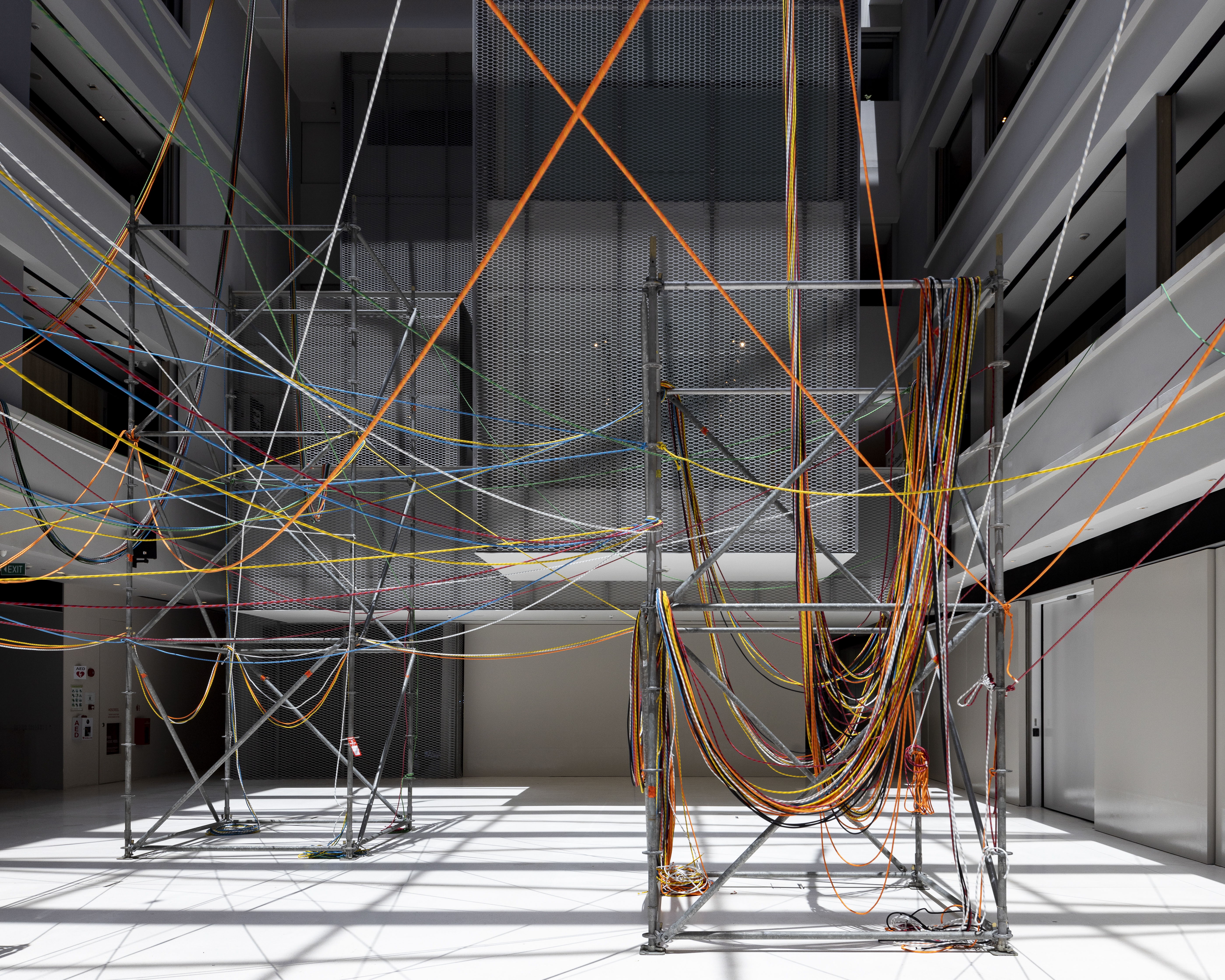
Open now and on display until 26th September, Rope Chandelier is a thought-provoking installation of 10,000 metres of rope and 1,200 kilograms of steel and aluminium created by renowned Singaporean graphic designer Theseus Chan and Singaporean practice Studio Juju. Suspended, draping and coiling rope hangs from and settles on the National Design Centre’s atrium gallery space, creating a tracery of lines and shadows in conjunction with purposely placed construction scaffolding.
The installation is both a celebration and contemplation of the importance of process and the unfinished project. The idea for an installation that is open-ended in terms of how it is interpreted grew from the designers’ feeling that a fixation on success and status quo has discouraged many from individualistic expression and openness to the risks of the unknown. The concept also grew from a concern about physical exhaustion and mental health due to overly high expectations in an uncertain world.
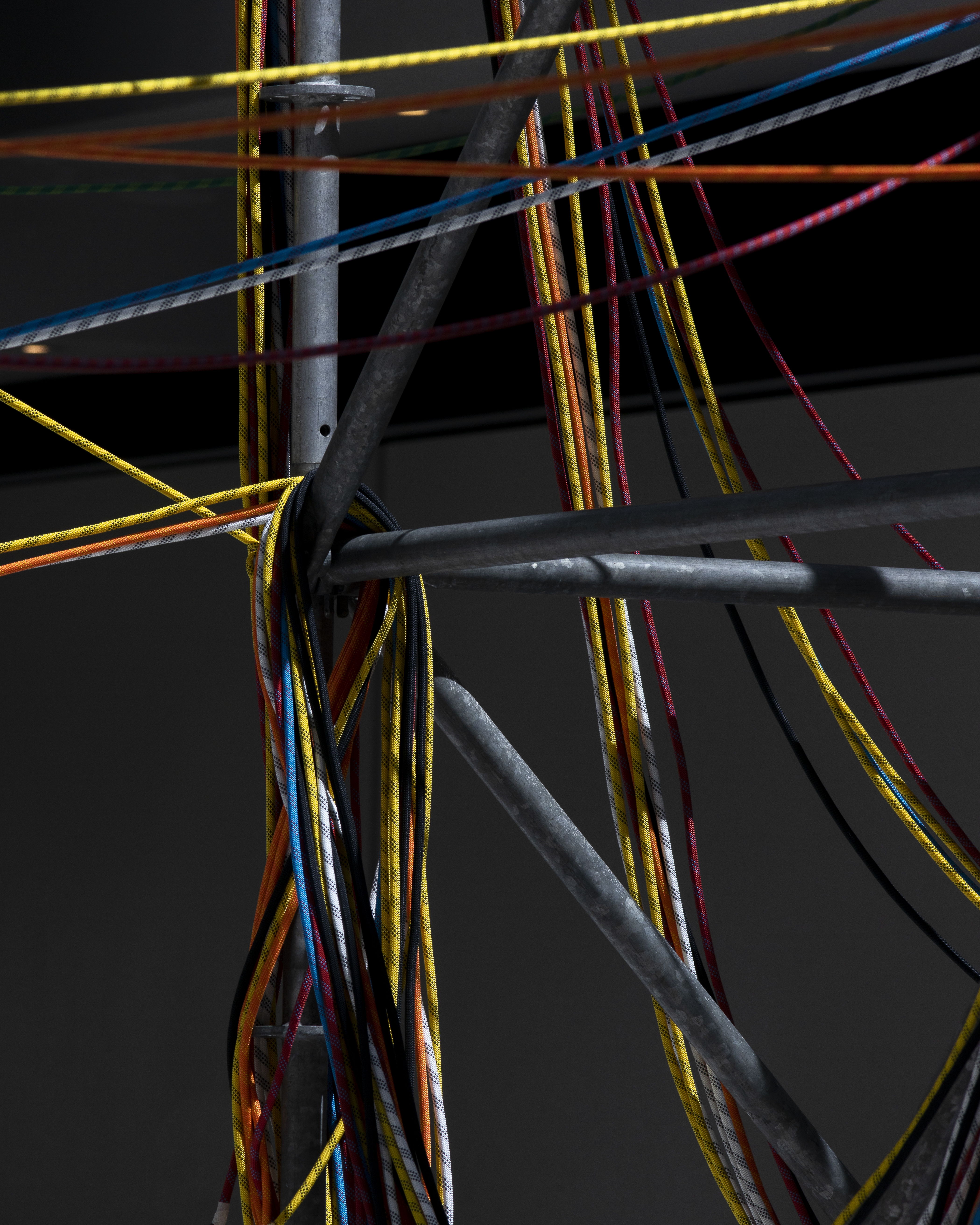
With its form determined in part by the process of installation, Rope Chandelier embraces a spirit of experimentation and an openness to accidents and failures, awakening a sense of verve that comes when creating the unknown. It exemplifies characteristics that would typically be associated with an unfinished 'design’ piece; familiar objects (rope and scaffolding) are appropriated, so viewers first encounter them as common but different.
“Rope Chandelier is about processes. We are asking questions like, ‘Can a piece of abandoned work be genuinely accepted as finished?’ ‘What will be the emotional outcomes if one's expectations are not as one's imagination?’” says Theseus Chan, founder and creative director of design studio WORK, who counts brands like Comme des Garçons, Hermès and Louis Vuitton as clients.

Often referred to as “the godfather of Singapore graphic design”, Chan is Singapore’s first visual communications designer to be awarded Designer of the Year at the inaugural P*DA 2006, while Studio Juju received Design of the Year at P*DA 2014 for its Rabbit & Tortoise collection which was hailed for its “poetic elegance” and “design versatility”.
National Vending Gallery Topic N° 4 Hand Made
Hans Tan Studio
Ongoing until 26 September 2021
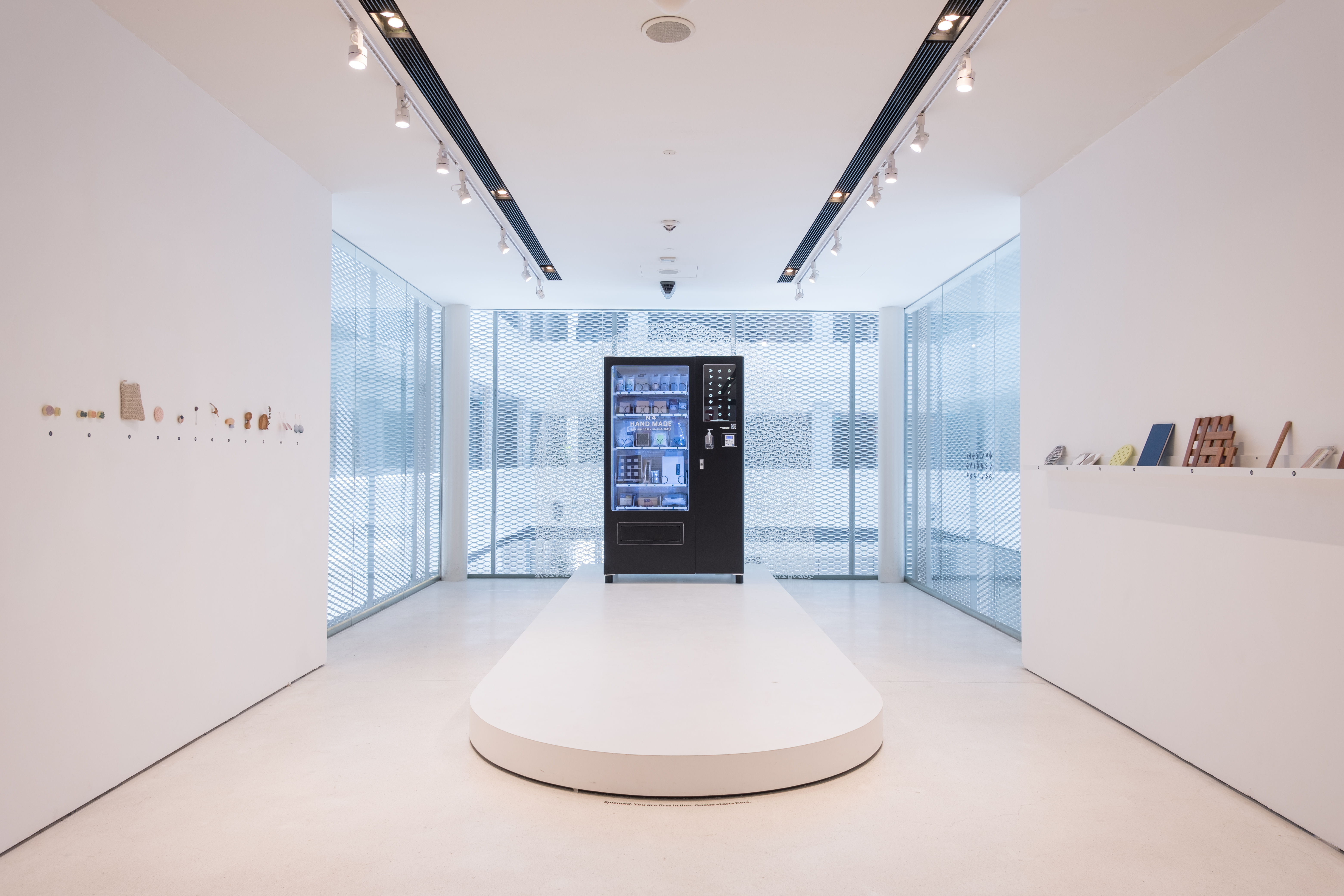
National Vending Gallery by Singaporean designer, curator and educator, Hans Tan, presents Topic N° 4 Hand Made, a collection of products crafted by makers based in Singapore. Exerting their imagination on the physical material, each piece of work took shape through the hands of the designer. These objects of hand-craftmanship aims to bring back an authenticity and ingenuity to parallel the use of mass production in today’s culture – though artisanal, hand-crafted, home-made objects.
Not too long ago, when one needed a kitchen knife, you didn’t go to a store, you went to a blacksmith. When the knife blunted, you would have it sharpened, not replaced. Ownership was not a consequence of an interchange between proprietor, commodity, and customer, but a connection between maker, workmanship, and beneficiary. The National Vending Machine is based on this sustained relationship, one of interdependence and respect, built on the object as intermediary.
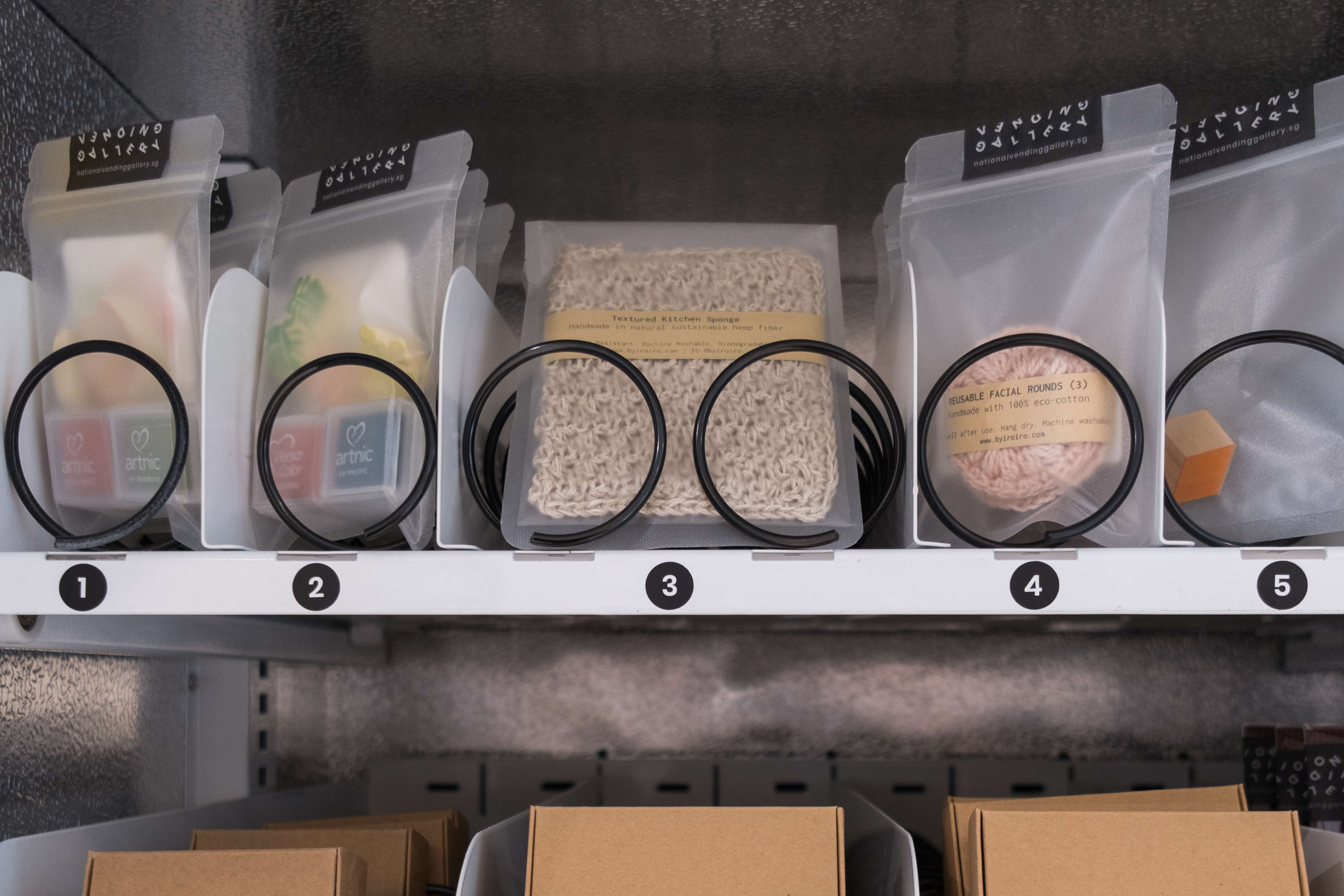
Created by Hans Tan Studio, National Vending Gallery curates and sells merchandise assembled into topics that reveal the multi-faceted and deep influence of design in our lives. To date the project has presented four topics – Cardboard, Future Past, Peripheral Vision (which have exhibited previously) and now, Topic 4: Hand Made. The 21 objects available through Topic 4 can also be purchased online via nationalvendinggallery.sg. Topic 5 will be announced soon.
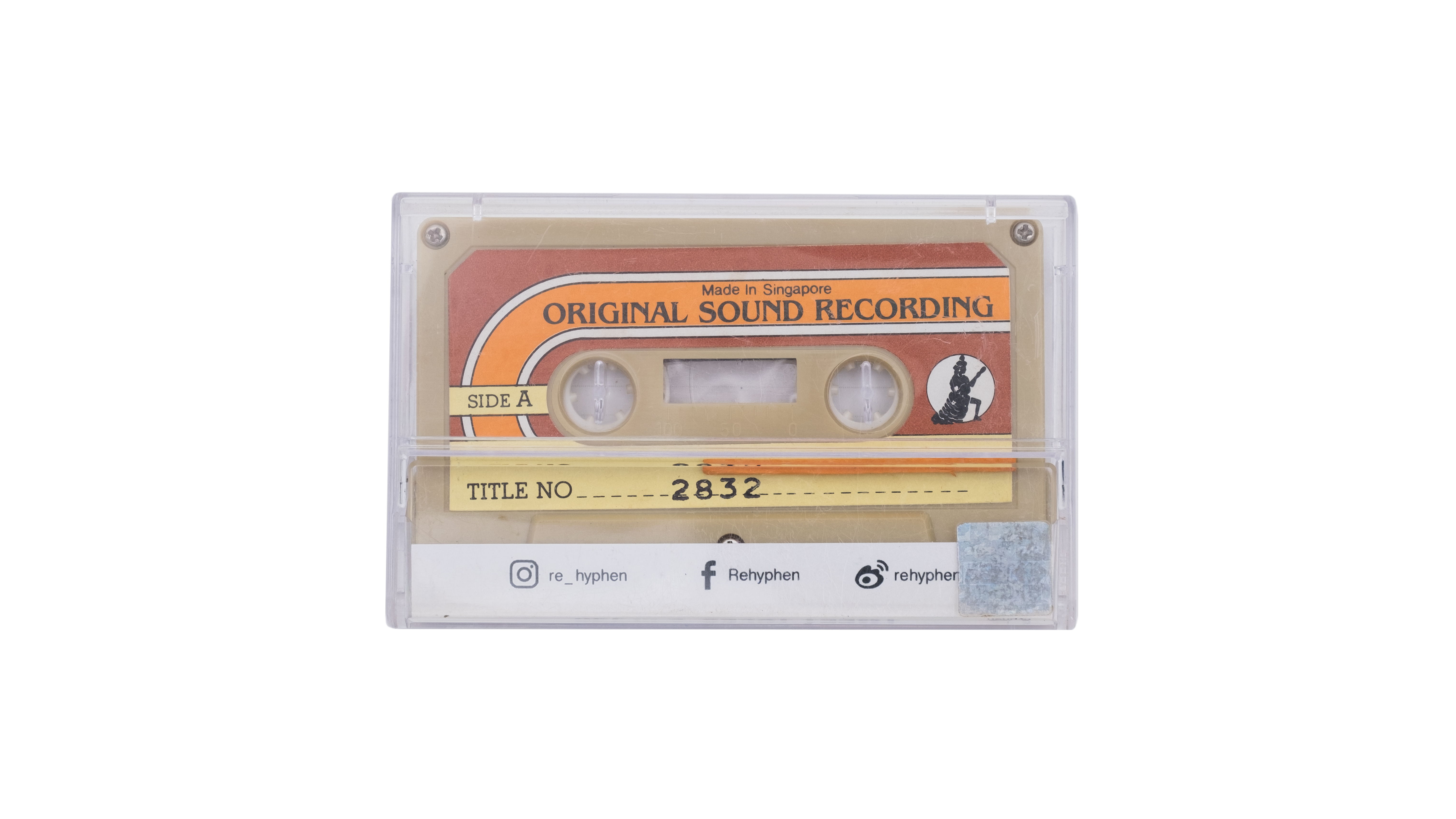
“National Vending Gallery opened on 7 September 2020 at National Design Centre and has since presented four topics – Cardboard, Future Past, Peripheral Vision and Hand Made. What we hope to do is connect with the broader public and offer them thoughtfully curated and designed items through our vending machine – from board games created by Singaporeans, design/art books by local authors that unravel common yet unapparent attributes of everyday life, to household goods sourced from archaic shops in Singapore that are exceedingly sensible and surprisingly beautiful. The current topic on show and sale is Hand Made, a collection of products where each piece of work took shape through the hands of the designer-maker,” says Hans Tan, Associate Professor, Division of Industrial Design, National University of Singapore and founder of Hans Tan Studio.

Tan was awarded P*DA 2016 Designer of the Year for “personifying contemporary Singapore design through a rich and diverse portfolio that is proudly and poetically Singaporean”. He is also a two-time winner of the P*DA Design of the Year award for POUR (P*DA 2015) and his acclaimed Spotted Nyonya Collection (P*DA 2012).
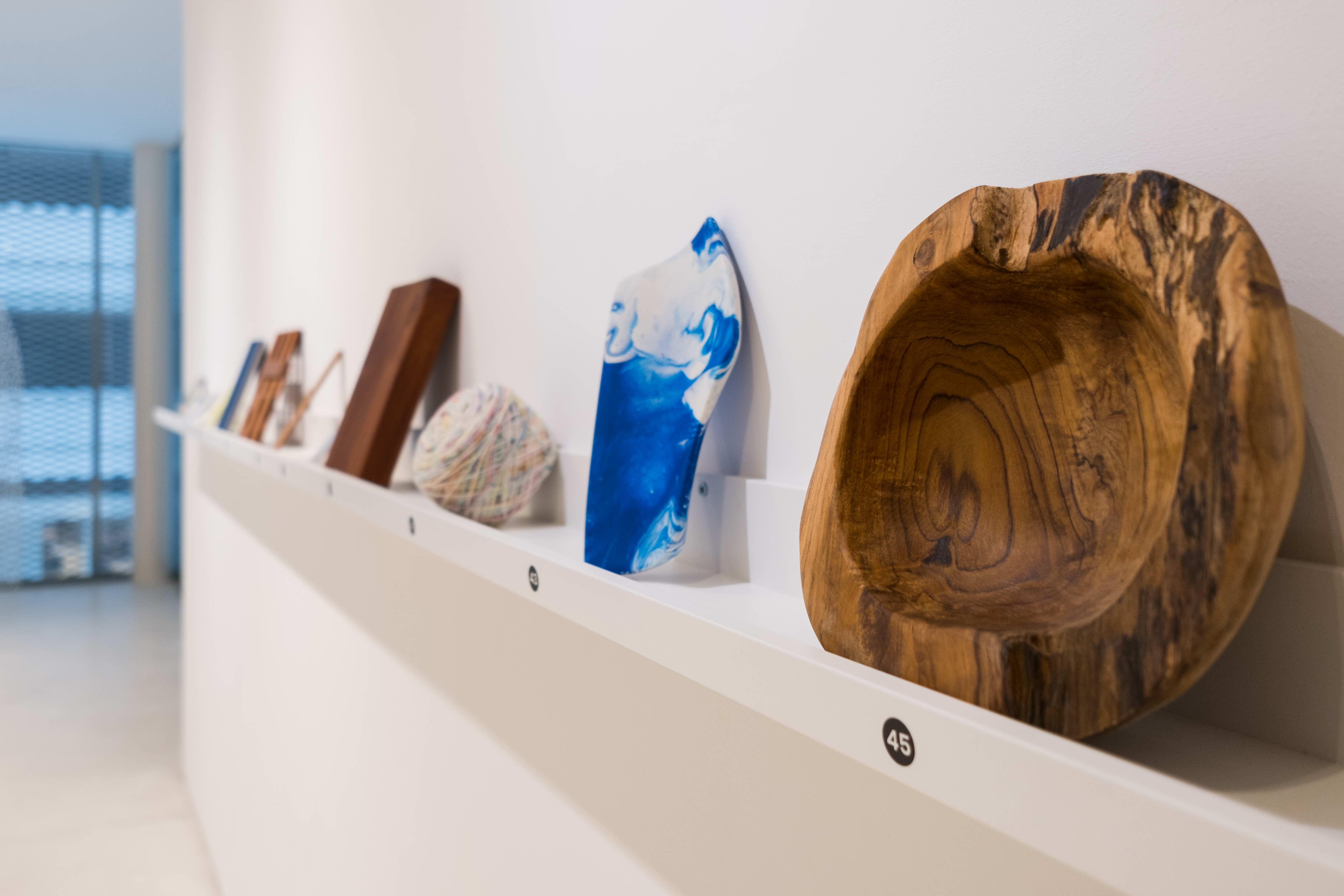
Abstract Creatures: Studio SML
The Press Room
1 September to 31 October 2021

Studio SML is a self-initiated and self-funded project by The Press Room with the support of DesignSingapore Council. Categorised by studio size – Small (S) for one-person operations to small teams of up to 15; medium (M) for 16 to 30 people; large (L) for firms of 30 employees and above – Studio SML will feature interviews with a spectrum of designers, from upcoming young designers to established veterans. Studio SML hopes to serve as a comprehensive resource of design studios in Singapore and a historical documentation for future generations of Singapore designers.
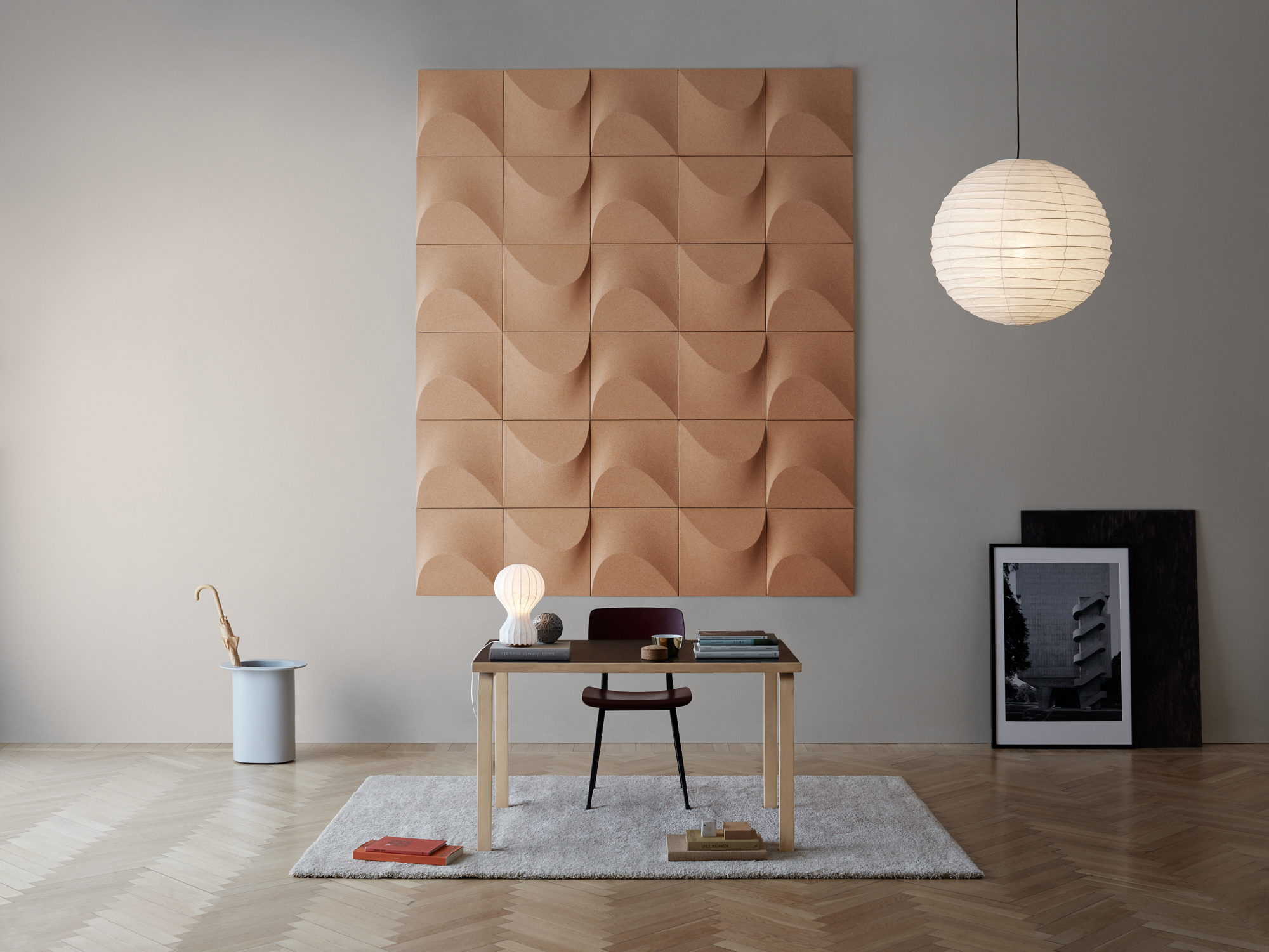
As part of its launch at NDC, The Press Room will present Abstract Creatures: Studio SML together with a website and podcasts to archive the personal journeys of each studio. The launch features five designers and their studios of sizes S, M and L, through an art installation. The designers are Randy Chan of Zarch Collaboratives, Chang Yong Ter of Chang Architects, Eco-ID, Gabriel Tan and Scene Shang.

“The mission for Studio SML is to tell the stories and journeys of Singapore designers before they shine, and to document them before they die.Only with documentation can we build history, and only with history, can a culture evolve.The concept here is that every design studio is a unique animal of its own, every designer has their own way of running the studio. I’m very glad to premiere Studio SML at the National Design Centre as I hope it will promote candid conversations about the design industry, both within and outside of the design community,” says Kelley Cheng, creative director of The Press Room.
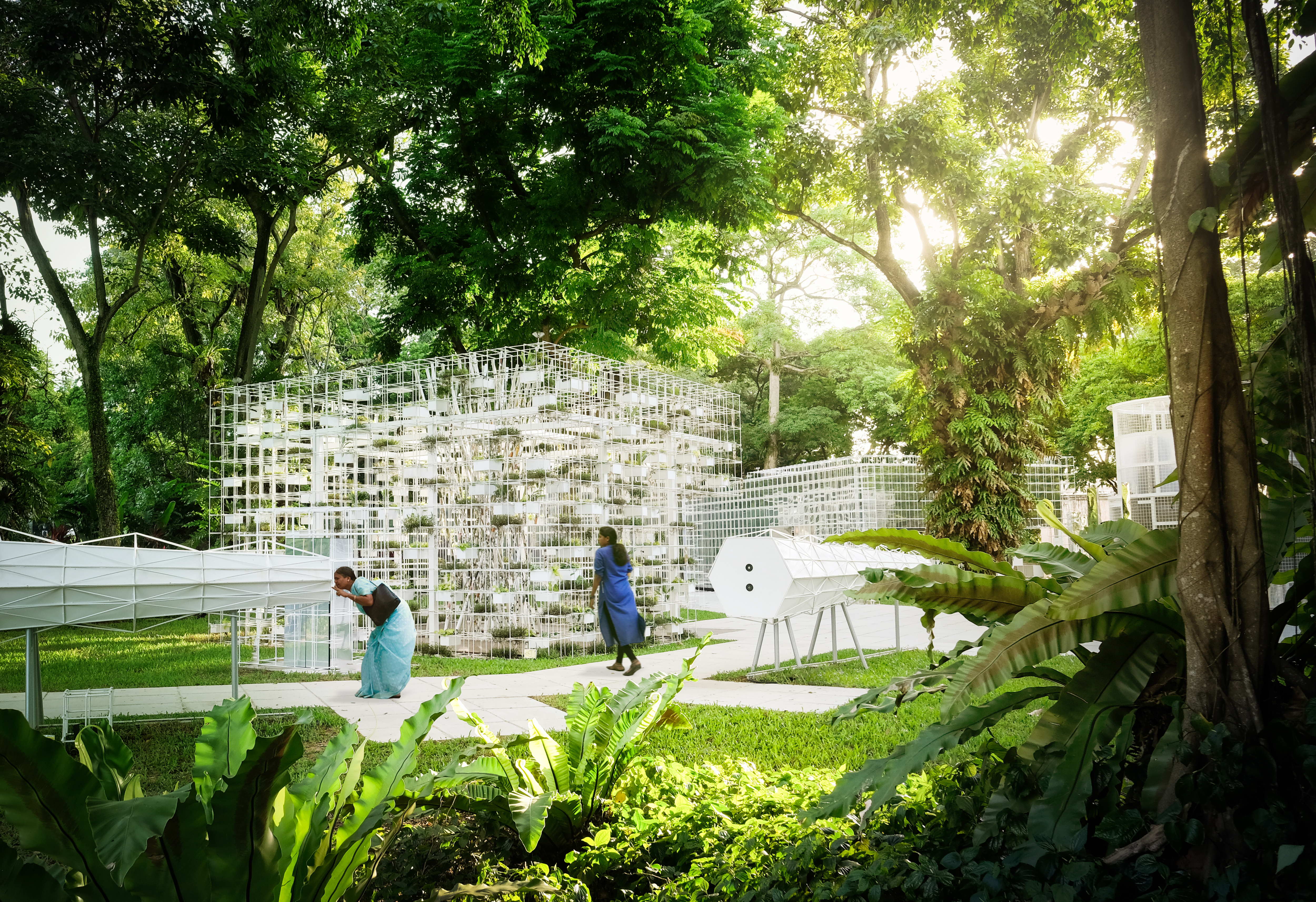
A lifelong champion of the local design industry, Cheng recently received the P*DA 2020 Designer of the Year award. Studio SML is a culmination of her relentless efforts to document the stories and journeys of Singaporean designers since she started iSh magazine in 1999.
www.designsingapore.org / @designsingapore
PRESS ENQUIRIES AND IMAGES:
Camron PR: designsingapore@camronpr.com
CAMRON PR
About the National Design Centre
The National Design Centre is the nexus of design, the meeting point for creative minds and businesses and the venue for presenting all things design. It is also home to DesignSingapore Council. The repurposed, award-winning conserved building is as much an emblem for outstanding Singaporean design and architecture, as it is a thriving venue for visitors to attend showcases and programmes. Find out more at www.designsingapore.org/national-design-centre.html.
About the DesignSingapore Council
DesignSingapore Council’s (Dsg) vision is for Singapore to be an innovation-driven economy and a loveable city through design by 2025. As the national agency that promotes design, our mission is to develop the design sector, help Singapore use design for innovation and growth, and make life better in this UNESCO Creative City of Design. The Dsg is a subsidiary of the Singapore Economic Development Board. For more information, please visit www.designsingapore.org.